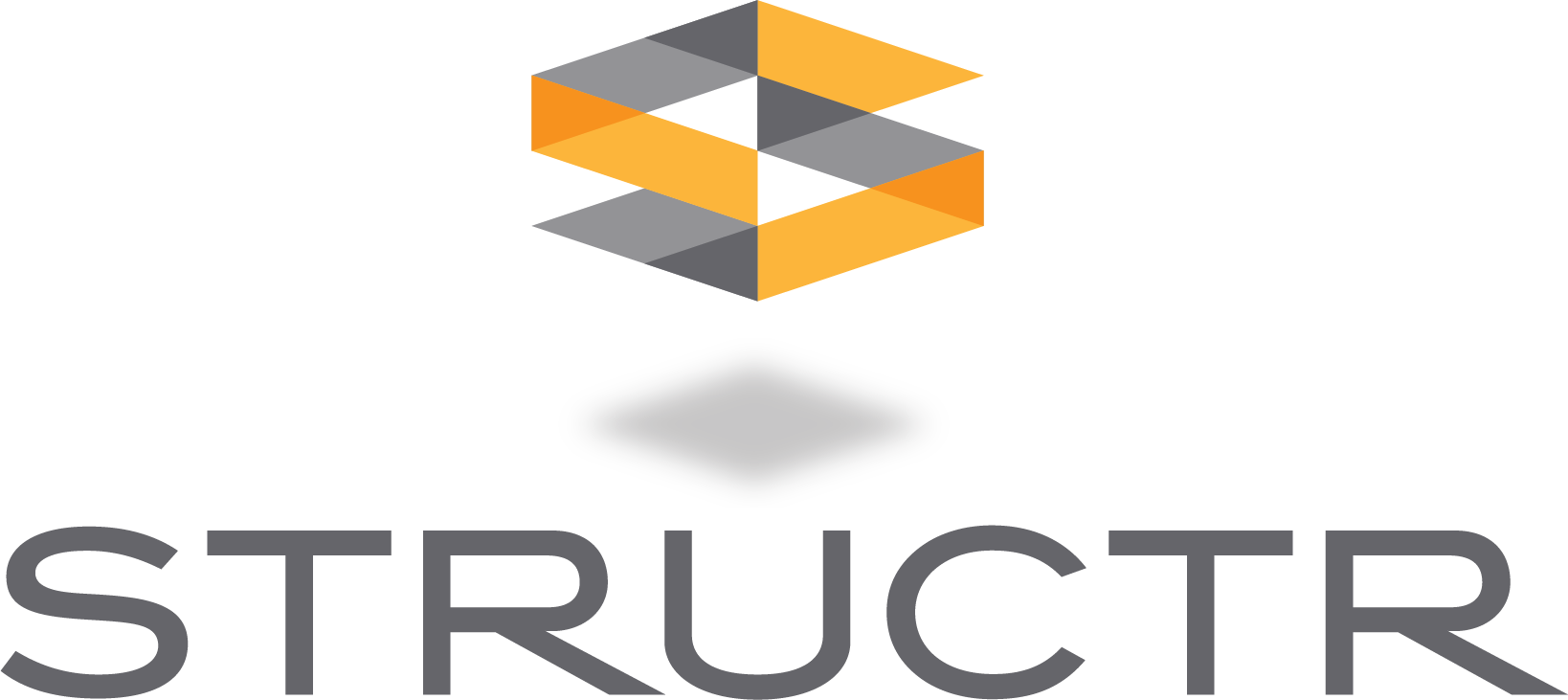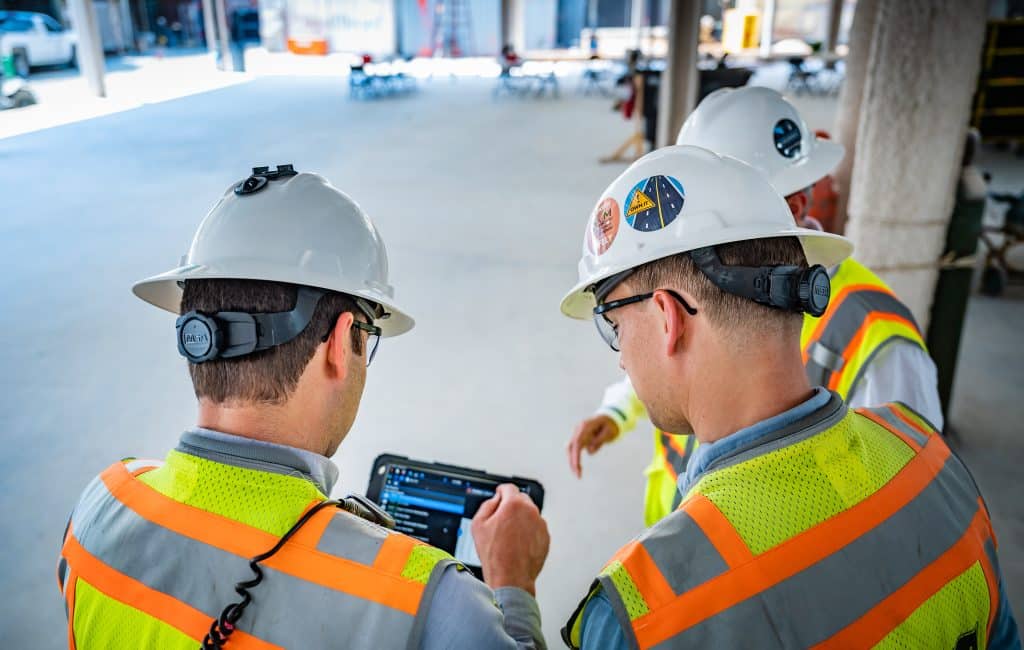

Aug 29, 2023
There are two common facility assessments encountered in capital assets and real estate: Property Condition Assessments (PCAs) and Capital Needs Assessments (CNAs). While somewhat alike, they hold their values in different applications.
PCAs primarily focus on existing conditions and are utilized during real estate transactions by potential buyers to evaluate the integrity of the asset being considered for purchase. The second, CNAs, also rely on facility conditions but include chronological costs to repair or replace building elements to serve as budgetary tools for property owners and managers for predictively allocating funds for operating and maintaining a facility over time. The similarities lie in that both assessments are aimed at mitigating risk by uncovering unknowns and the unexpected.
Buying: Due Diligence and Property Condition Assessments
A due diligence period is incorporated when purchasing property. It is an in-depth discovery process used to vet the viability of real property acquisition before closing the deal. The PCA is a key part of this process in which a survey is conducted on the property checking for any issues that may impact serviceability. It represents a critical risk checkpoint to make sure the buyer is getting what they are paying for without any undesirable qualities.

Survey team
While there are many factors involved when purchasing real estate, what you are buying is the physical asset, and understanding it is paramount. It is not enough to just walk the site and building. Rather the property should be fully inspected by a construction professional to gain a complete understanding of the primary systems in place and their conditions. They will comprehensively survey the entire property and everything on it, escalating to invasive testing and investigation if necessary. They will then provide a detailed report of their observations itemizing any detected defects—minimal to critical—and respective recommendations so the buyer does not encounter any problematic issues beyond what might be reasonably expected. Also, these details can be used as leverage when negotiating the deal to make sure the seller bears the appropriate burden either by corrective action or price reduction.
Operating: Managing Budgets with Capital Needs Assessments
Capital Needs Assessments (CNAs) are essentially extensions of PCAs that add dimensions of time and money by including anticipated capital expenses for maintaining the serviceability of the facility over time.

Construction team documenting existing conditions and scheduling repairs.
In this type of assessment, the building expert will inventory existing conditions, estimate the Remaining Useful Life (RULs)—against Expected Useful Life (EUL) standards—across all primary building components, and map out a predictive schedule of values for repairing and/or replacing them over a specified timeframe. CNAs are usually conducted for 10- or 20-year terms depending on the purpose. For instance, lending institutions may require a 10-year report as part of the application and risk assessment processes. Alternatively, the longer 20-year report term is often selected by property owners and managers to budget capital needs for maintaining operational continuity and quality of service levels for users and residents. This expanded range better captures “long-life” elements such as the developed site, building envelope, mechanical, electrical, and plumbing systems with EULs of 15 years or more. These large-scale, distributed systems also tend to carry higher costs of replacement. By “time stamping” a baseline property condition and looking forward, potentials for unexpected, costly service disruptions are significantly reduced—budgeting for, rather than being surprised by, a $250,000 chiller replacement is much easier to manage.
Buyers, Owners, and Operators: Planned Actions Based on Information
Profitability in real estate and capital assets rests on planned buys and outlays. And in this business, unforeseen circumstances can carry huge price tags and even larger repercussions. Having a trained eye can help detect what’s going on and what needs to be done. And knowing what you have or are buying is invaluable in perpetuating the health of your portfolio.